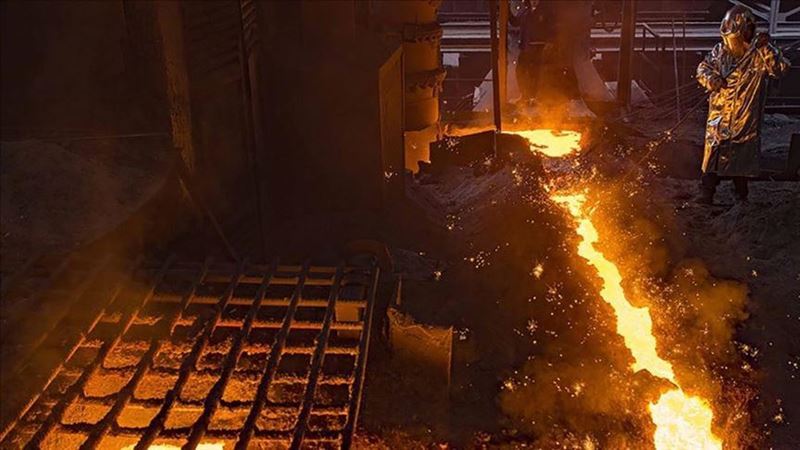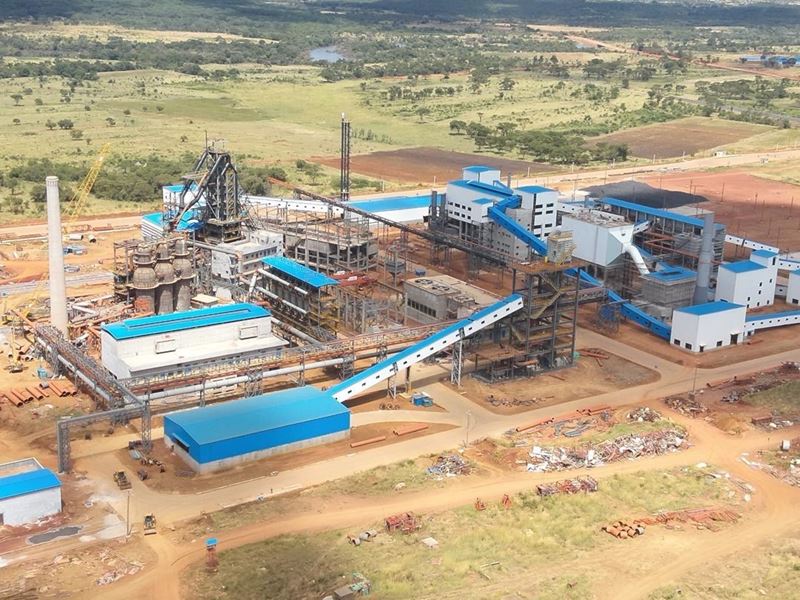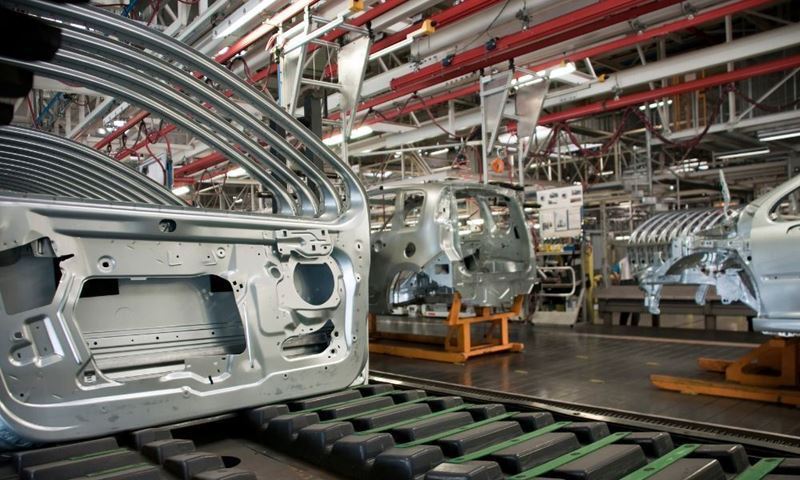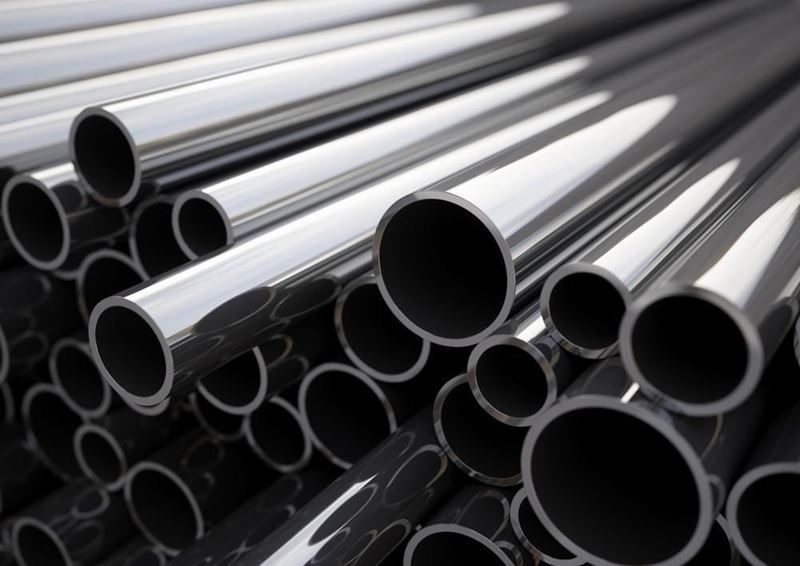This decline was attributed to weak exports resulting from the decrease in demand in the manufacturing and construction sectors, as well as the increase in exports of the largest producer, China.
According to data published by the Japan Iron and Steel Federation, production decreased for the second year in a row, reaching 87 million mt.
It was stated that there are signs of recovery in automobile production in 2023 compared to the previous year, that the prolonged shortage of chips and other components led to repeated decreases in production targets, but other manufacturing sectors experienced stagnation. In the construction sector, overall demand remained weak due to labor shortages and delays in construction schedules due to rising material prices.
It is noted that Japanese steelmakers will not benefit from the weakening of the yen against the US dollar as Chinese steelmakers increase their exports to Southeast Asia, a region where Japanese companies have traditionally exported significant amounts of steel products.
On the supply side, Japanese steelmakers have been reducing the number of blast furnaces in recent years, shifting their focus from pure production volume to value-added products in order to achieve higher profits.
Steel production production increased by 1.1% in December compared to the same period of the previous year, reaching 6.98 million tons.









Comments
No comment yet.